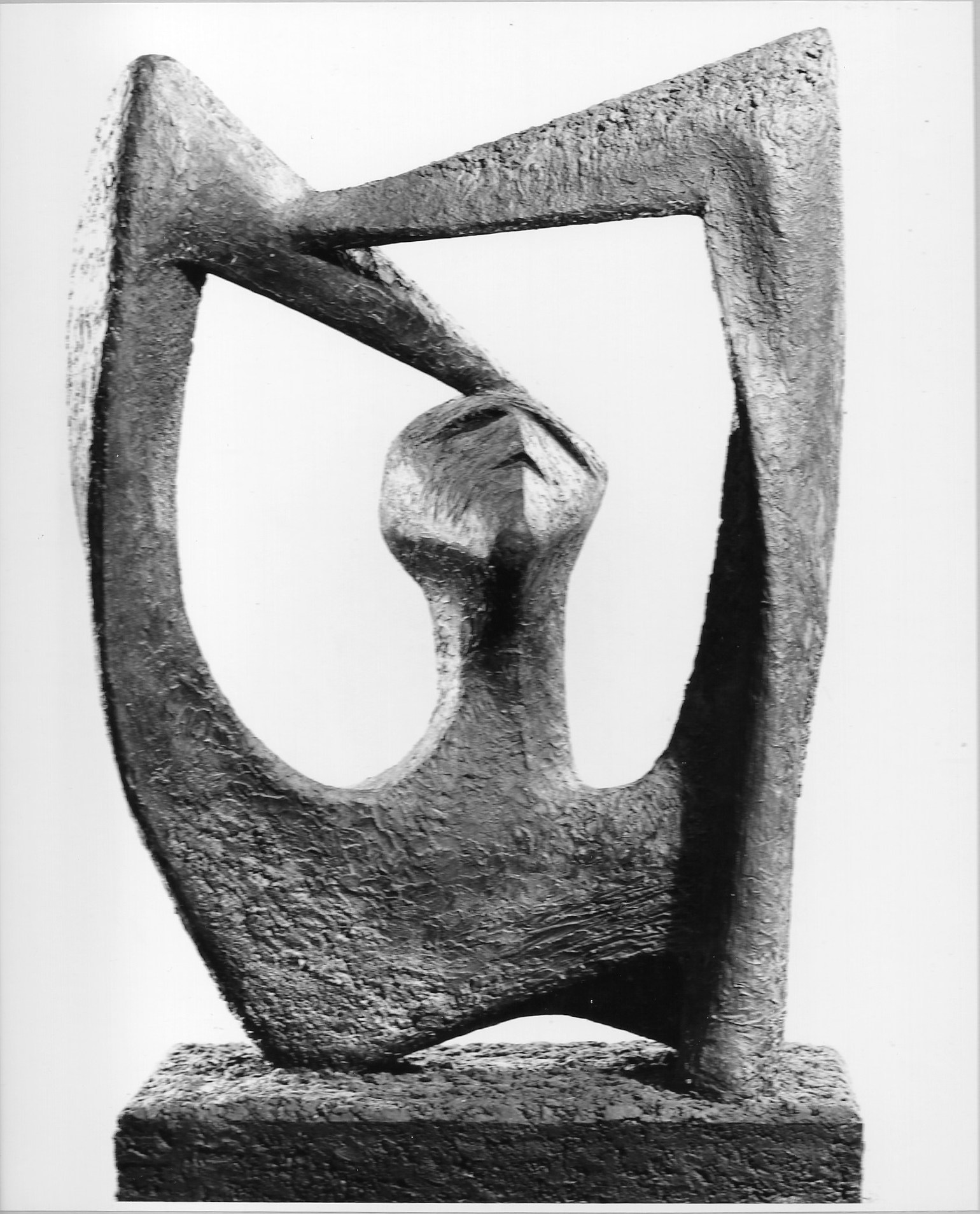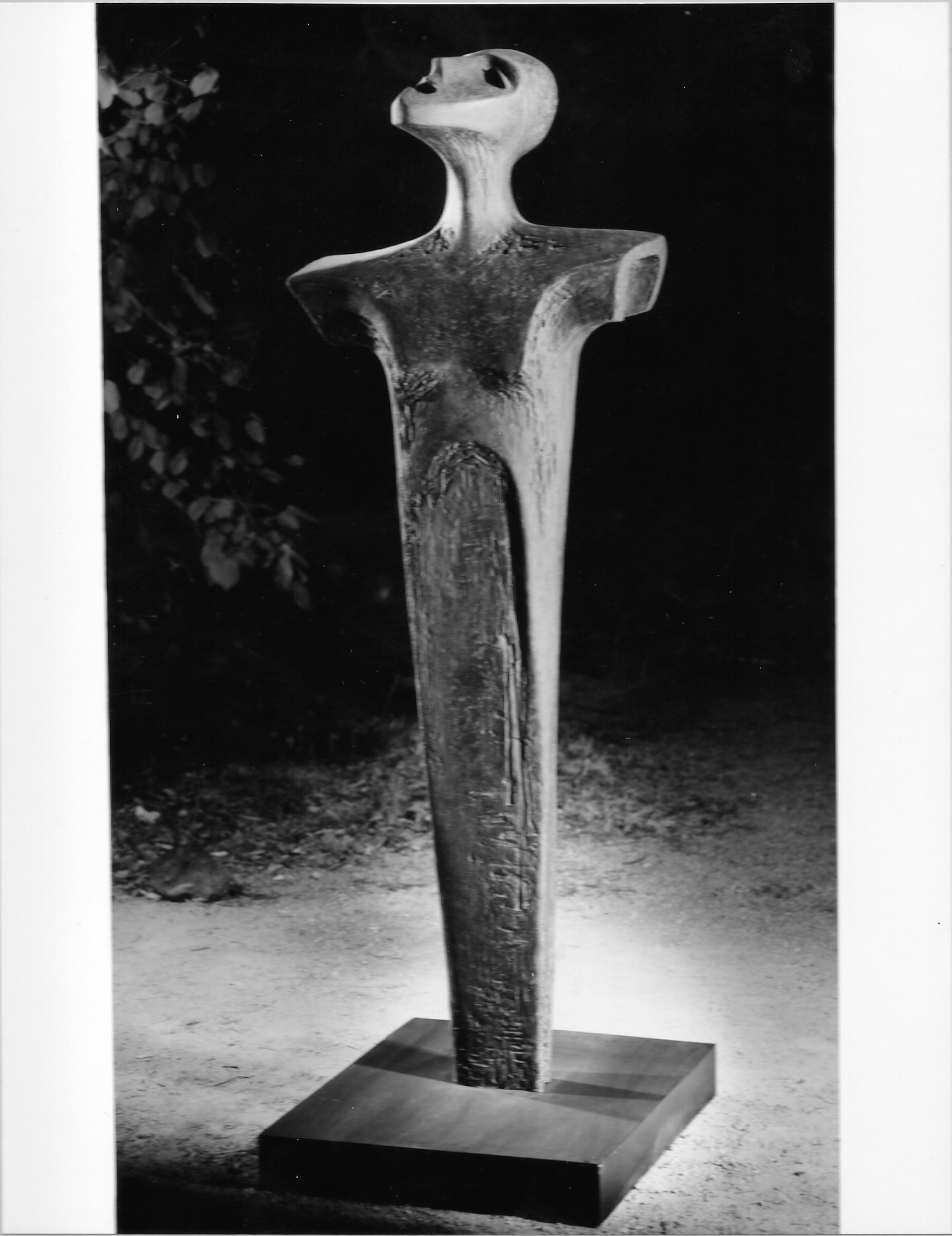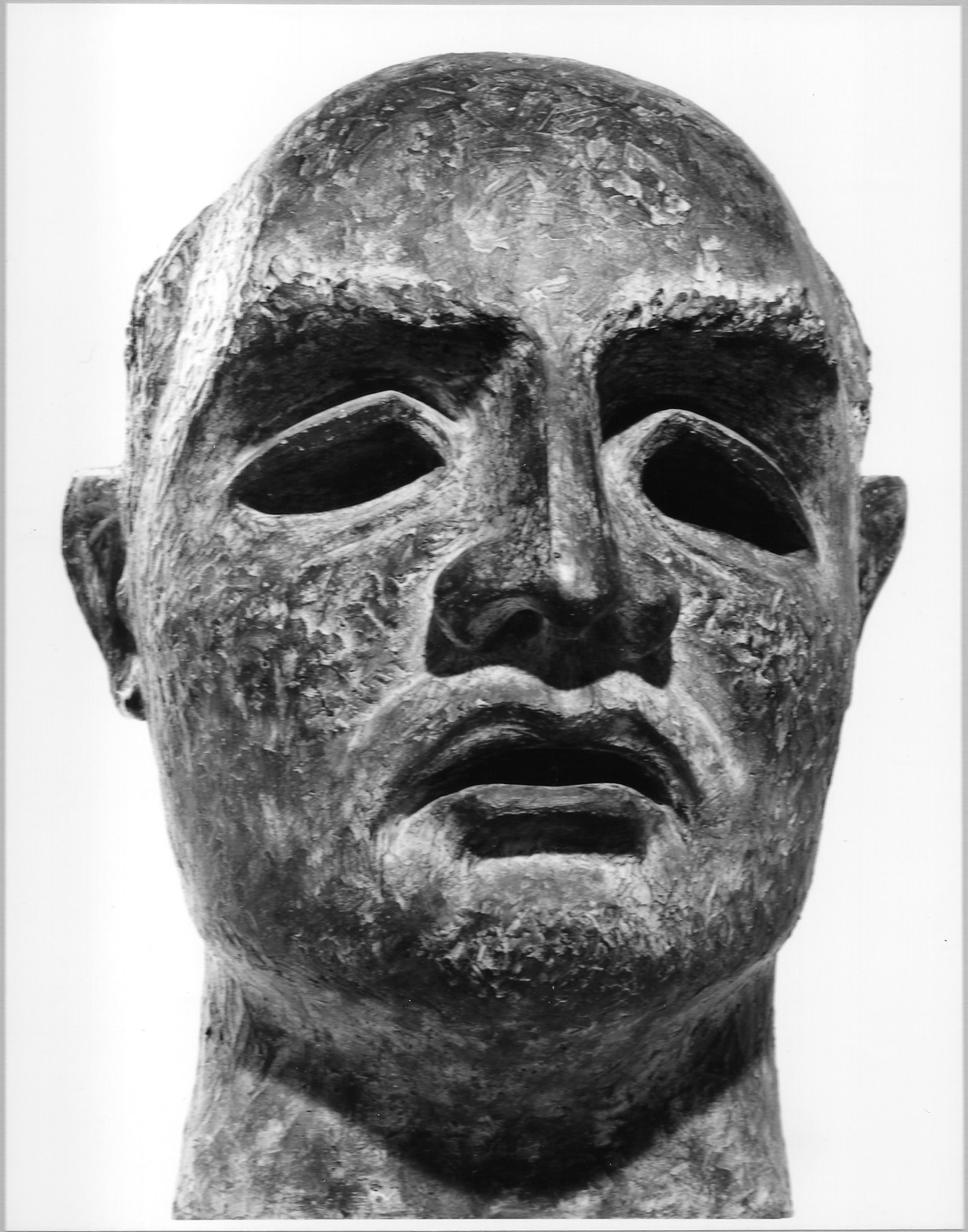REALIST GROUP - KEN SCARLETT
Born in Brighton 1927, Ken Scarlett was the only child of Janet and Will Scarlett. As an adolescent he wanted to become an artist, which to him meant being a painter. However, as his parents were not wealthy, he accepted an Education Department bond and trained instead to become an art/craft teacher. To his dismay he found the course of training at Caulfield Technical College to be totally inadequate and to have virtually no links with art, past or present. His several attempts to resign were thwarted by the inability of his family to pay the bond.
|

|

|
|
In 1963 George Wallace, Governor of Alabama in USA, stated that he stood for ‘segregation now, segregation tomorrow, segregation forever.’ He led the ultra-conservative campaign in favour of segregation while progressive forces in USA attempted to de-segregate the schools and to allow the black population equal educational opportunities. Acknowledging that there are innumerable monuments to kings, queens, politicians, military leaders, poets, but none to political bastards, in 1966 Scarlett modeled a massive, over-life-sized head in ciment fondu. This was mounted on a very high structure with a bronze plaque: Monument to a Segregationist. |

|

|
|
Khrushchev’s denunciation of Stalin at the 20th Congress in 1956 had shocked Scarlett, but he optimistically thought that the Australian Communist Party could avoid the dreadful mistakes of the Soviet Union. Subsequently, however, the divisions within the Australian party destroyed any chance of political success; the utopian dream of a co-operative society collapsed and Scarlett let his membership of the Communist Party lapse. He continue to make sculpture, but moved towards abstracted versions of the human figure. The last exhibition of his sculpture was held in 1975 in a show called the 'Artists for Labor and Democracy' at Toorak Art Gallery, South Yarra.
Publications.
1979 Australian Sculptors: Exhibition Lists, Melbourne State College.
Represented in the following CollectionsMelbourne State College (now University of Melbourne)McClelland Gallery + Sculpture Park Art Gallery of Ballarat Gold Coast City Art Gallery Mildura Arts Centre. Ken Scarlett 2016 |